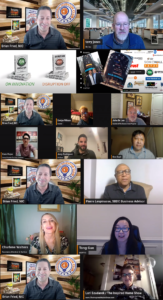
March Newsletter 2024
March 2024 Whether you’re an experienced inventor or a newbie who just came up with your first big idea, the Inventor Smart Monthly Newsletter is

Whether you are an experienced inventor or a newbie who just came up with your first big idea, the Inventor Smart Monthly newsletter is for you! You will find valuable tips, useful resources and words of wisdom that can help you move your invention forward!
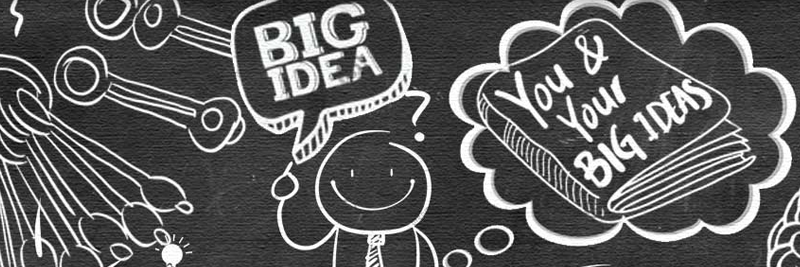
A royalty is the compensation paid by a licensee to a licensor. Most often it is a cash payment. However, it can also be an exchange of other property or rights held by the licensee.
Cash royalty payments are paid in one of three ways: as a series of payments over time based on production or sale of a licensed product; as a series of fixed (annual or milestone) payments; or as a “lump sum.”
A royalty paid over time based on production or sale of a product is a “running royalty.” Running royalties are paid as a percentage of the revenue received by the licensee for sales of licensed products (e.g. 5% of net sales) or as a fixed amount of money per unit sold (e.g. $1 per unit sold).
A second type of payment for a license is a “period payment.” The most common example of this would be a fixed annual payment, which is usually specified in a license agreement. Under such an arrangement the licensee does not pay a per-unit running royalty. If the product is very successful, usually the licensor is better off with a running royalty rather than a fixed period payment.
A variation on a fixed payment is a “milestone payment.” Such a payment would be required of the licensee based on the completion of some specified milestone. One example of a milestone would be when the licensee reaches a certain amount of sales, either in total, or on an annual basis.
The third form of royalty is a one-time “lump sum” payment to cover license rights for a period of time. In addition to any of the above, it is not uncommon for there to be an initial payment made upon execution of the license or shortly thereafter.
Source from: The Basics of Licensing by, Licensing Executives Society (USA and Canada), Inc.

Bright Idea:
Inventor Tip from Brian Fried
Obtain Financing
Building prototypes and filing patent applications require funds. Finding that initial start-up funding is often difficult; however, there are two tried and true methods, namely partnerships and incorporations. A signed partnership agreement is one way for a few people to pool their financial resources into a project.
If several investors are involved, then an incorporated company is a better method. Essentially, the company takes ownership of the invention and the investors contribute money to the company in exchange for shares. The number and price of the shares can be tailored to suit the particular needs of the project.
Let us look at the mechanics of selling your invention to a company.
The actual steps in the process are as follows:
1. Compiling a List of Potential Buyers
Finding a company that is willing to buy the invention is the most challenging part of the process. It begins by generating a list of companies that may be interested in the invention.
You can use a business directory to generate that list. Business directories list companies by the products they manufacture (or services they provide) and include basic information about these companies such as their address, phone and fax, and the name of the president (CEO or owner). Suitable business directories may be found in the business section of the local reference library.
2. Contacting Potential Buyers
Your list of potential buyers may include literally hundreds of companies. You simply call up each company on the list and ask them if they would be interested in receiving a solicitation for a new invention. Then get the contact information about the person you should send your information to.
3. Presenting the Invention to Prospects
After you have thinned out your list, your next step is to submit your information to each of the companies on the list. This may involve calling the people identified to be the “contact” for new product ideas and telling them that you are sending them an information package about your product. Your package should include a cover letter and a one page synopsis of your product (including a picture). The information must be clear, concise and it must appear as professional as possible. Don’t try to overwhelm the recipient – you want to impress them, not burden them
4. Follow Up
Do not expect the prospect to come to a quick decision concerning the invention. It may take a prospect many months (even a year or more) to make up his/her mind on a project. You have to be patient. It is important to periodically follow up with the company but do not “pester” the prospect. Remember, the people considering your invention are probably quite busy with several other projects – annoying them may do little to speed the project up and may cause them to drop the project altogether.
5. Negotiations
If you find a company that is interested in picking up the project, then be ready to negotiate the terms of the sale. The key here is to be reasonable. From my experience, nothing kills off a potential licensing deal faster than an unreasonable inventor. Realistically, the most you are likely to get is a good return on your investment. Asking for a smaller signing fee and a modest royalty is far more likely to generate a signed agreement than holding out for a big payoff.
6. Royalty Amount
I am usually asked the question “how much can I sell my invention for”. I don’t know the answer; however, here are a few rules which can help you figure out a reasonable royalty rate.
First of all, try to negotiate a royalty which is broken down into two parts, an initial signing payment and an annual royalty payment. The initial payment should cover most of your costs of the project. The annual royalties should represent an amount which is sufficient to represent a good return on your investment without being a burden on the manufacturer.
The general “rule of thumb” is to ask for a small percentage (1% to 5%) of the net sales of the product. It is also possible, and in some cases advisable, to fix the annual royalty payment to an easily calculated amount (e.g. $1.00 per unit sold).
Selling your invention to a manufacturer is possible but it is not easy. How successful are you likely to be? From my experience, individual inventors are far more likely to successfully sell their invention by themselves then by going through some invention promotion organization. Like any business, the chances of success are a function of your determination, knowledge and
willingness to take risks.

Question:
What conditions must be met to obtain patent protection?
Answer:
There are numerous conditions that must be met in order to obtain a patent and it is not possible to compile an exhaustive, universally applicable list. However, some of the key conditions include the following:
Source: https://www.wipo.int/patents/en/faq_patents.html

You’ve seen that circle with the “C” in the middle before, yes that’s a Copyright, but what does it mean and how can it help to protect my intellectual property for my invention design, instructions, packaging, website copy and other copy and designs we use to communicate our idea?
Our Guest Speakers for the September NIC monthly meeting were from the US Copyright Office, Jessica Chinnadurai and John Saint Amour. They shared tips and advice on when and how to use a Copyright and how to file for it.
We also heard from Charlene Walters, author and entrepreneur coach, some words of wisdom to help us move forward with our invention ideas. We were also joined by a representative from US Patent & Trademark Office Elizabeth Dougherty who shared some announcements and programs that USPTO is doing. We also heard tips on applying for a patent from Will Salas of Patent and Trademark Resource Center (PTRC) a division of the USPTO.
National Inventor Club is one of the largest and most active communities for inventors, innovation, and service providers that support invention and continues to provide a nationwide platform for great guest speakers, networking, and connections founded and moderated by Brian Fried, who has been running inventors clubs for over 15 years.
To become a member, free or paid for inventors and service providers, please join us National Inventor Club: https://nationalinventorclub.com
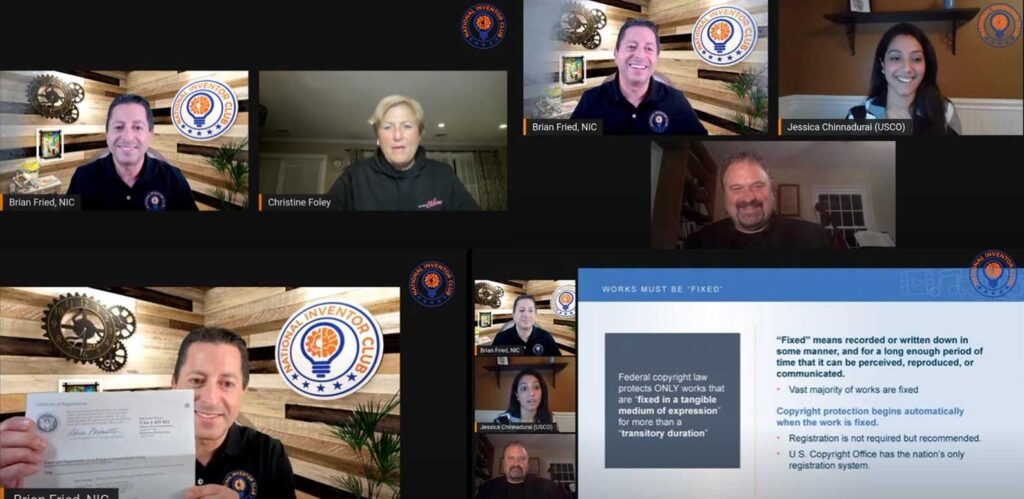
Reserve your spot now for upcoming NIC monthly meetings, click the link for RSVP.
In case you missed the September or October NIC meetings or you’d like to watch or hear it again, visit this link:

The Got Invention Show features a 30-minute interview where an inventor promotes an invention, seeks a licensing deal, or looks for distribution opportunities. Host Brian Fried focuses on his guest’s challenges and solutions. He asks about their journey, where they are right now, and what will come next. He invites guests to offer words of wisdom to viewers and listeners.
We had a chance to know more about the inventor of Push & Hang, Mike Van Horst.
Mike Van Horst is the inventor of Push & Hang Invention:
Owner at MV Innovations as a Product Developer/Inventor, Mike is an entrepreneur by nature who has created dozens of his own devices throughout his career including construction goggles with lasers attached to them for use as a marking tool!. Mike’s background in trade marketing with a Fortune 500 company earned him the “President’s Award” for innovative packaging. Working also as a Realtor in Central California, his “Aa Ha” was struck! He is a mentor, motivator and speaker for upcoming “Inventors”. Mike is currently a guest host on both QVC and HSN with his latest invention “Push and Hang available on Amazon.com
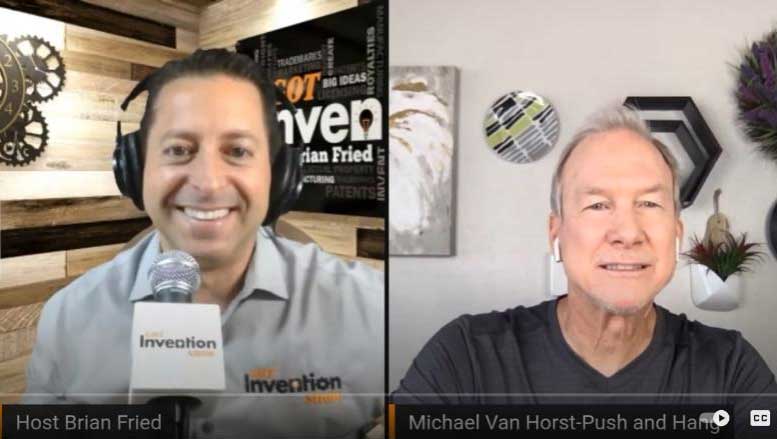

Would you like to be our guest on the Got Invention Show? Schedule your interview today to promote your prototype or product now available for sale to now reaching 100 million households!
You and Host Brian will do a 28 minute interview and once the interview is completed, you can use it for your website and social media and we air on Amazon Fire, Roku TV, YouTube TV and next month we will be on Apple TV!! The podcast audio version of your interview is played on Spotify, iHeartRadio, Google and Apple Podcasts and Amazon Music! Small fee, great promotion for you and your invention!!

USPTO Patent Center
Patent Center provides web-based access to public and pending patent information and eases the process of tracking patents, patent applications and follow-on documents through the USPTO approval process. Public view provides access to all issued patents and published patent applications.
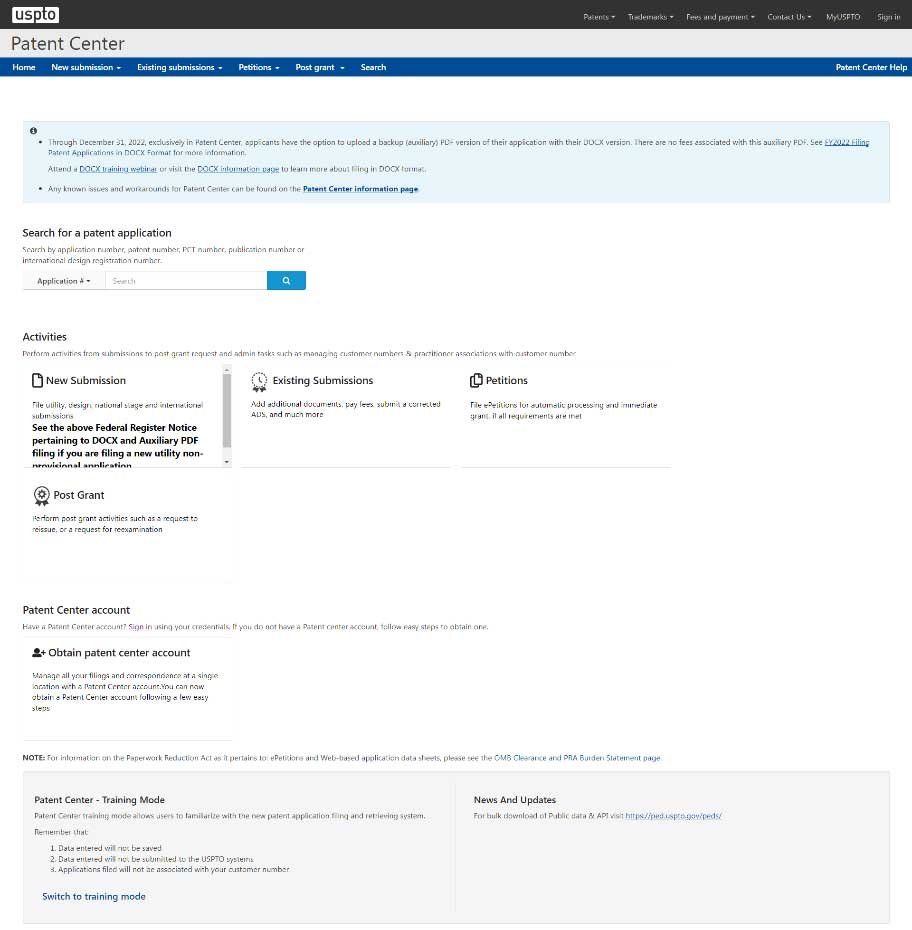
Visit their website for more information. https://patentcenter.uspto.gov/
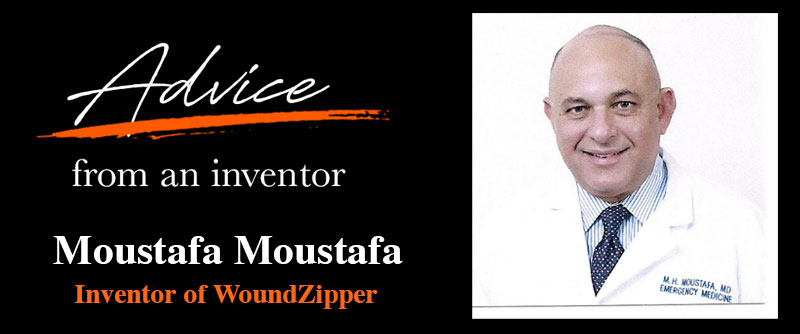
Anytime someone tells you “ Your invention will not work” you should ask the same person two questions:
Why do you think it does not work?
What can I do to make it work?
So the same person who gave you a fail mark can give you advice on how to succeed!
-Dr. Moustafa Moustafa

Are you ready to pitch your invention? Now Casting for the Got Invention Show‘s “Pitch Your Invention” Mini Series!
Pitch Your Invention is now casting inventors with inventions for a special media series introducing yourself and demonstrating your invention with a 2 minute pitch!
-We’re looking for inventors to give their best 2 minute pitch of their product or prototype and be a part of our upcoming program! (no cost to you and recordings happen from your webcam into our studio).
-If you’re selected, you can be a part of our episodes that may air on Amazon Fire, RokuTV, YouTube TV, Spotify, iHeartRadio, Google and Apple Podcast and Amazon Music!
-Find out more and apply on: www.pitchyourinvention.com
Good Luck!
Got Invention Show
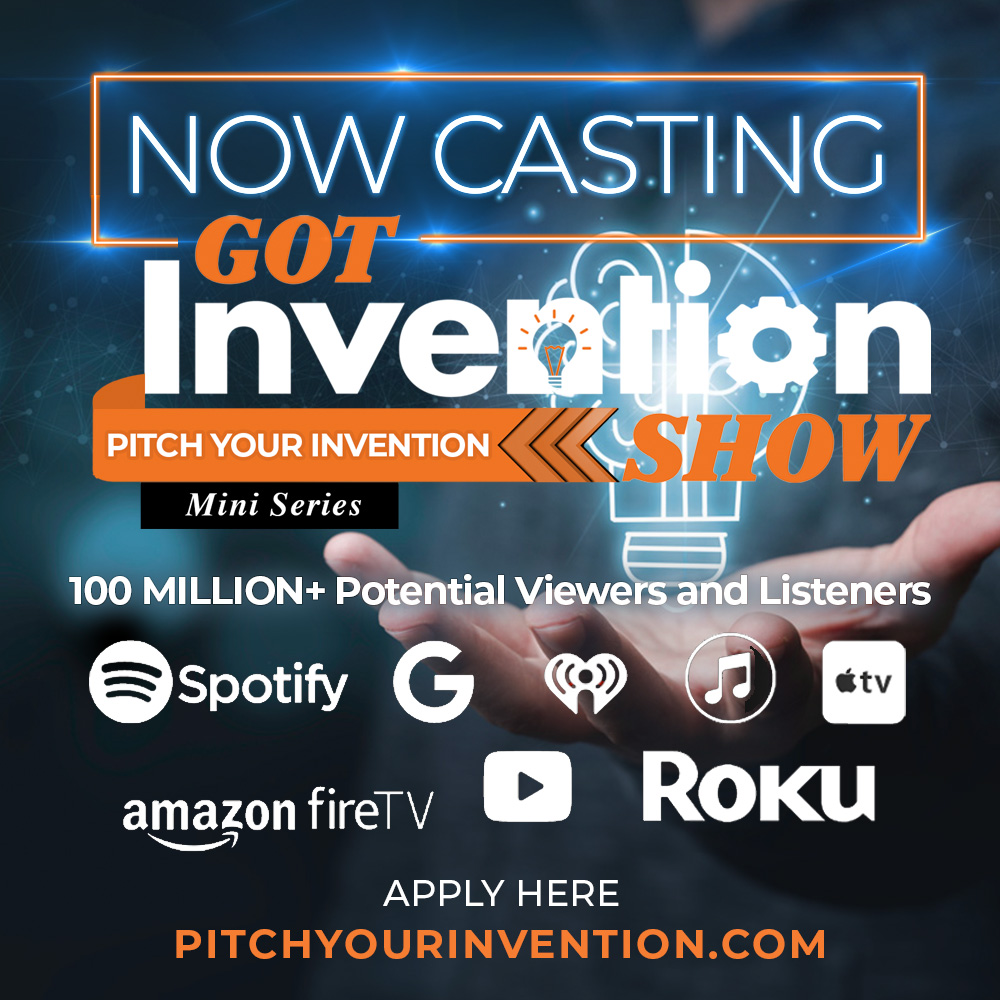
Check out Brian’s latest book just published!!
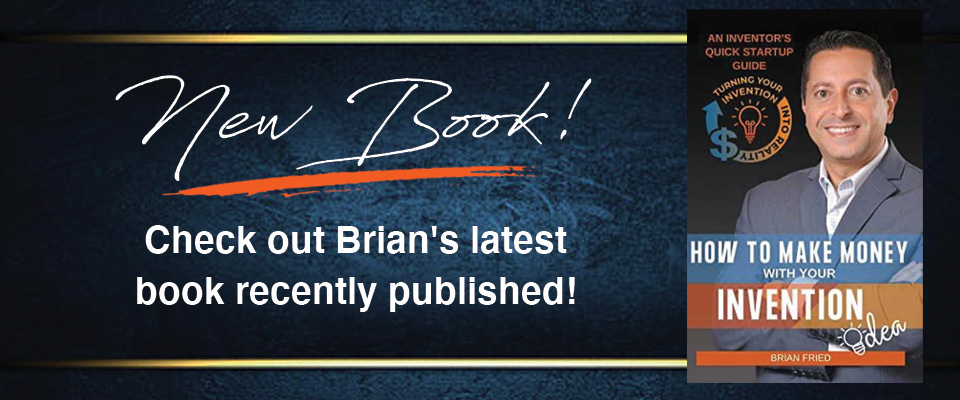
Do you have this great idea for an invention in your head? Are you ready to learn how to make money with that invention?
So why did I write this book? I want to provide the opportunity for more inventors to learn the process it takes to experience the invention brought to life. Not only to make your invention a reality, but to learn how to earn from your inventions.
Order your paperback or Kindle copy – Click here to go to Amazon

This is a shop for you! You’ve worked hard on your invention, now you can wear DESIGNS & MERCH made with you in mind! Find shirts, hoodies, sweatshirts, hats, stickers, blankets and over 1,000 unique items to show that you are proud to be an inventor. check out InventorMart.com
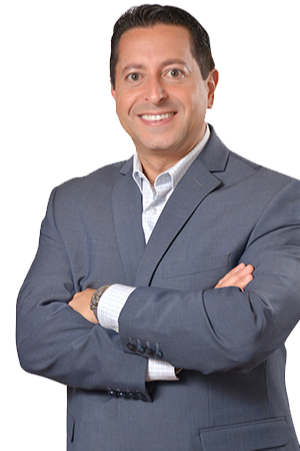
About Brian Fried
Brian Fried, serial inventor with 13 patents, is an award-winning authority in the invention industry, a sought-after celebrity guest speaker and an advocate for the invention community. As Chief Invention Officer of Inventor Smart and Expert Inventor Coach, Brian represents inventors at every stage of the invention process, project managing new up-and-coming inventions from idea to manufacturing or as an invention licensing agent to secure deals with major brands and earn royalties for inventors.
Brian is the founder of the National Inventor Club where guest speakers focus on topics of interest to the inventor community.
He is a 3x author and his 3rd book, How to Make Money With Your Invention Idea was just published in May 2022. He also hosts Got Invention Show and Radio where you can watch on RokuTV, Amazon Fire, YouTube TV, and you can hear his podcasts on Spotify, iHeartRadio, Amazon Music Google and Apple Podcasts. Brian recently launched a new merch line with various designs for inventors, InventorMart.com
You can visit Brian’s personal website at BrianFried.com and check out his invention that have been licensed where he earns royalties and manufactures others that he sells on his own currently found in retailers.
Brian’s Inventor MasterClass is now available! If you want to evaluate your invention, find out if licensing or manufacturing is the right decision for you, sign up for an eLearning course at InventorClass.com. National Inventor Club Members receive a discount. For inventor resources, more information and additional tips, visit Inventor Smart.

Sponsorship opportunities available for future newsletters. If you’d like to promote your product or service please contact info@inventorsmart.com or call (631)565-7074
Thank you for reading this and please subscribe to the newsletter on Linkedin for us to stay connected!
Inventively Yours,
Brian and the Inventor Smart Team

March 2024 Whether you’re an experienced inventor or a newbie who just came up with your first big idea, the Inventor Smart Monthly Newsletter is
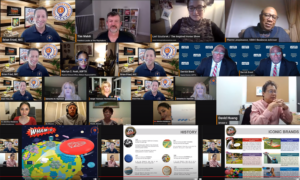
February 2024 Whether you’re an experienced inventor or a newbie who just came up with your first big idea, the Inventor Smart Monthly Newsletter is
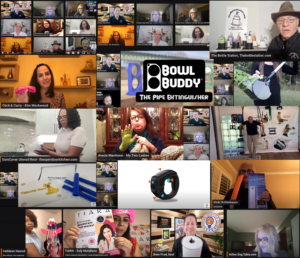
January 2024 Whether you’re an experienced inventor or a newbie who just came up with your first big idea, the Inventor Smart Monthly Newsletter is
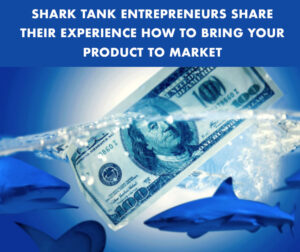
December 2023 Whether you’re an experienced inventor or a newbie who just came up with your first big idea, the Inventor Smart Monthly Newsletter is
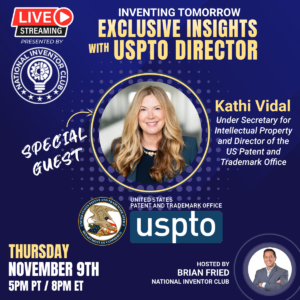
November 2023 Whether you’re an experienced inventor or a newbie who just came up with your first big idea, the Inventor Smart Monthly Newsletter is
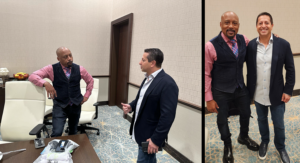
October 2023 Whether you’re an experienced inventor or a newbie who just came up with your first big idea, the Inventor Smart Monthly Newsletter is